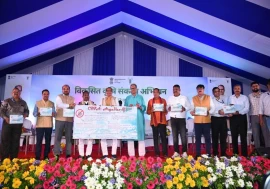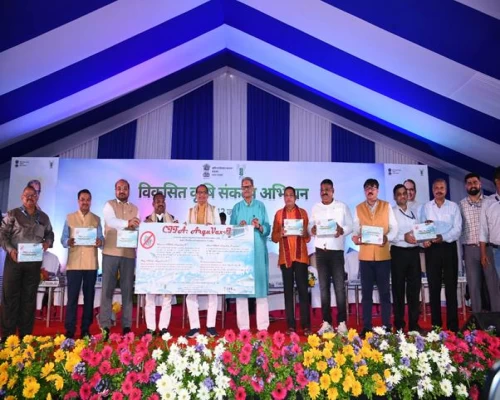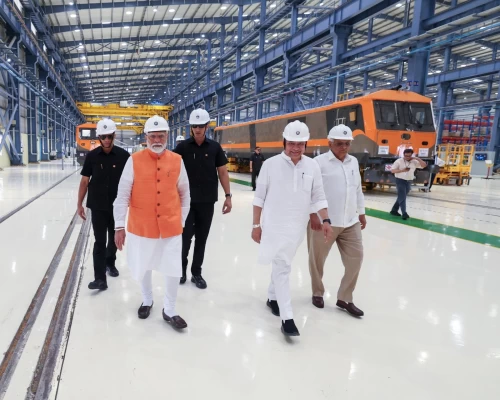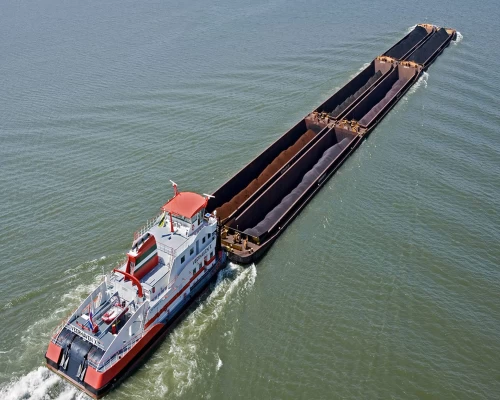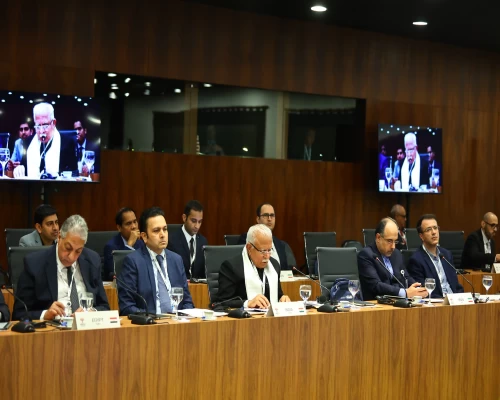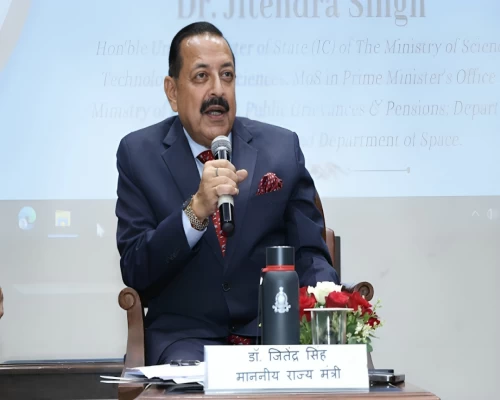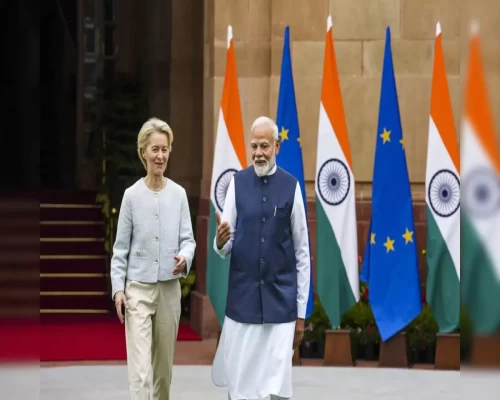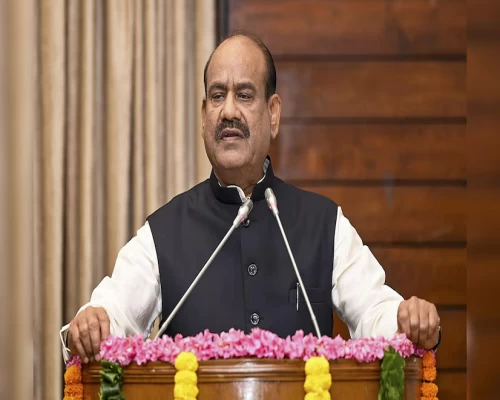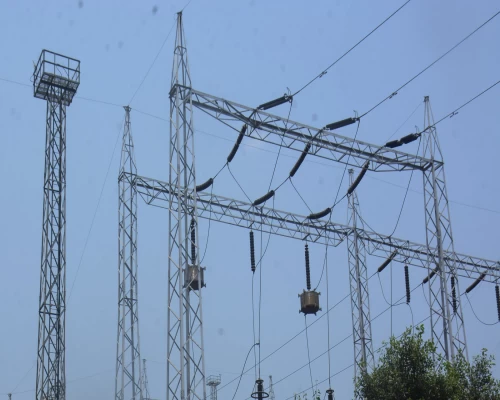_1000_x_500.webp)
New Delhi: The Maha Kumbh, set to take place in Prayagraj from 13 January to 26 February 2025, is poised to be a remarkable convergence of faith, tradition, and modernity. This 45-day spiritual extravaganza, anticipated to welcome over 400 million devotees, promises a seamless blend of cultural heritage and state-of-the-art infrastructure under the visionary leadership of Prime Minister Narendra Modi.
Highlighting the cultural and spiritual significance of the event, the Prime Minister remarked, “The Maha Kumbh is going to be held in Prayagraj for 45 days from 13th January to 26th February. There are so many reasons to come to India together asking the Indian diaspora to come to India during this time. First the NRI Day, then the Maha Kumbh and after that the Republic Day, this is a kind of Triveni, a great opportunity to connect with the development and heritage of India.”
The Uttar Pradesh government has left no stone unturned in its preparations for this global gathering. A temporary city, Mahakumbh Nagar, is being constructed to accommodate the massive influx of pilgrims and visitors. Thousands of tents and shelters, including the luxurious Mahakumbh Gram developed by IRCTC, offer a blend of tradition and modernity, ensuring a comfortable stay for participants.
Infrastructure development has been a key focus. Ninety-two roads are being renovated, with 17 undergoing beautification to enhance connectivity. Thirty pontoon bridges, constructed using 3,308 pontoons, are set to facilitate smooth movement across the festival grounds, with 28 already operational. Over 800 multilingual signages are being installed to aid navigation, with more than half completed.
Safety and security measures for Mahakumbh 2025 reflect an unprecedented integration of technology. Advanced surveillance systems, including thousands of CCTV cameras, drones, and artificial intelligence for crowd density monitoring, have been deployed. For the first time, underwater drones capable of diving up to 100 metres will provide round-the-clock surveillance at the Sangam area. Enhanced fire safety measures, including articulating water towers, have been implemented, backed by a significant allocation of ₹131 crore.
Health services are equally robust, with temporary hospitals equipped with surgical and diagnostic facilities being set up. An eye care initiative aims to conduct over 5 lakh tests and distribute more than 3 lakh eyeglasses, potentially setting a Guinness World Record. Special health camps will cater to vulnerable groups such as the elderly and children, ensuring comprehensive care for all attendees.
Environmental sustainability has been prioritised to maintain the sanctity of the Ganga and Yamuna rivers. Temporary sewage treatment plants are being installed to keep the waters clean, while solar power and reusable materials are being promoted to minimise environmental impact.
Digital innovations have added a modern dimension to the Mahakumbh experience. A dedicated mobile app offers real-time updates, navigation assistance, and emergency alerts, ensuring a hassle-free visit. Wi-Fi zones and integration with Google Maps further enhance convenience for pilgrims and tourists.
The event also provides a platform for showcasing India’s rich heritage. Cultural performances, exhibitions, and a sprawling Uttar Pradesh Pavilion near the Nagvasuki Temple will highlight the state’s tourism circuits, crafts, and traditions. The development of new corridors such as the Akshayavat, Saraswati Koop, and Patalpuri corridors, along with temple renovations, adds to the spiritual aura of the festival.
With meticulous planning and extensive outreach, Mahakumbh 2025 is not just a religious gathering but a global celebration of spirituality, culture, safety, and sustainability. It embodies a harmonious blend of India’s ancient traditions and its modern aspirations, offering a unique experience to all who attend.
BI Bureau


